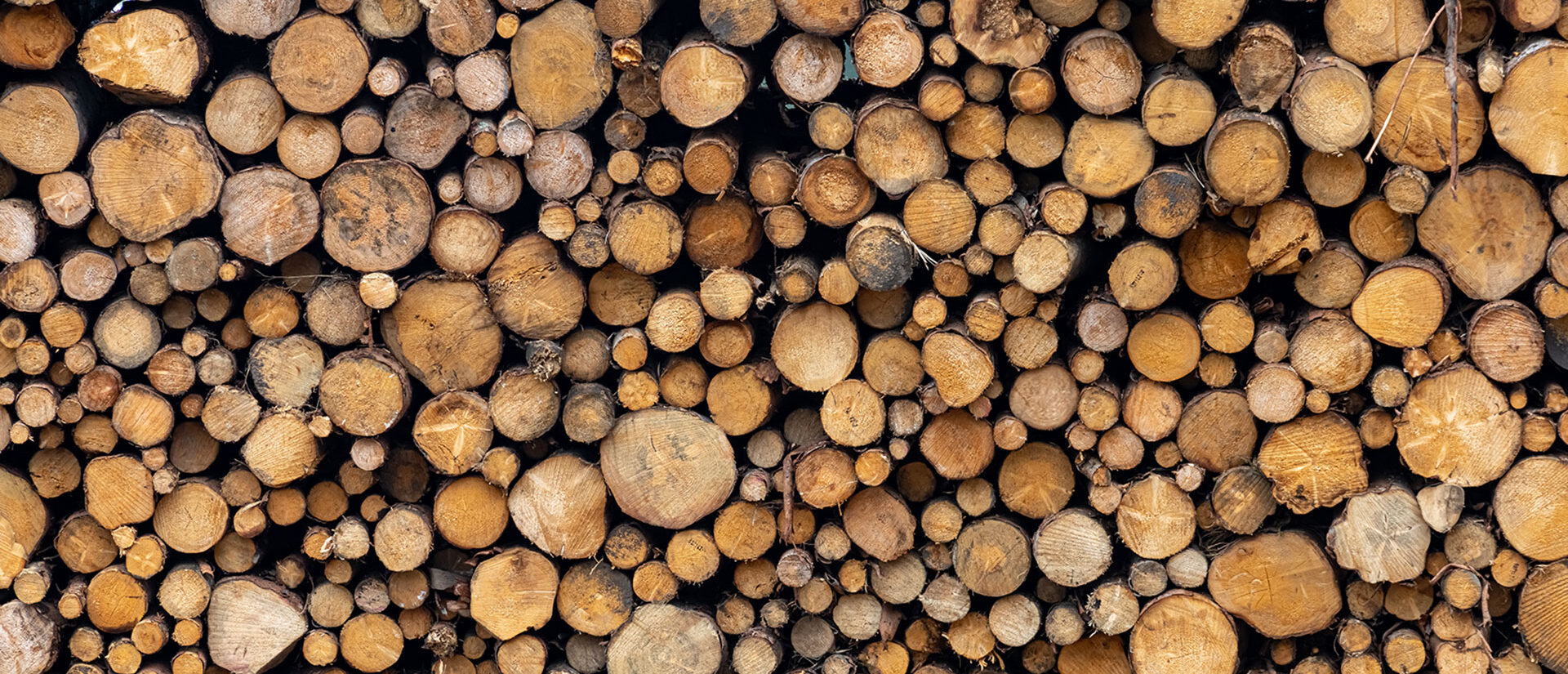- Metsäala
- PTT Raportteja
Anna-Kaisa Rämö – Emmi Haltia – Paula Horne – Harri Hänninen. 2011. YKSITYISMETSIEN PUUNTARJONTA – Puunmyynti-päätökseen vaikuttavat tekijät. PTT raportteja 226. 79 s. ISBN 978-952-224-067-5 (NID), ISBN 978-952-224-068-2 (PDF), ISSN 1456-3215 (NID), ISSN 1796-4776 (PDF).
Tiivistelmä: Syksyllä 2010 tehdyn postikyselyn perusteella kahdella kolmesta yksityismetsänomistajasta on puunmyyntiaikomuksia vuoden 2015 loppuun mennessä. Metsänomistajien hintaodotukset ovat pääosin nousevia. Puunmyyntipäätöksen teossa metsänomistajien tärkein kriteeri on havutukin hinta. Muut taloudelliset tekijät sekä metsän-hoidolliset syyt ovat myös tärkeitä kriteereitä valtaosalle metsänomistajista. Yhteensä 2 591 metsänomistajan otos poimittiin Metsäntutkimuslaitoksen (Metla) Metsänomistaja 2010 -tutkimukseen vastanneiden joukosta. Aineiston muodostaa 1 400 vastausta. Vastausaktiivisuus oli 54,6 %. Kyselyyn vastanneet edustavat hieman keskimääräistä aktiivisempia metsänomistajia. Tutkimuksessa hyödynnettiin valintakoemenetelmää (choice experiment method).
Avainsanat: Puunmyyntipäätös, puunmyyntikriteeri, valintakoemenetelmä
Anna-Kaisa Rämö – Emmi Haltia – Paula Horne – Harri Hänninen. 2011. WOOD SUPPLY FROM PRIVATE FORESTS – Factors influencing decision making. PTT Reports 226. 79 p. ISBN 978-952-224-067-5 (NID), ISBN 978-952-224-068-2 (PDF), ISSN 1456-3215 (NID), ISSN 1796-4776 (PDF).
Abstract: According to a mail survey conducted in the autumn 2010 two out of three private forest owners have intentions to sell wood by the end of the year 2015. Forest owners generally expect increasing price develop-ment. Coniferous log prices are the key criteria in the decisions about wood sales. Silvicultural and other economic factors are also important criteria to the majority of forest owners. The sample of 2,591 private forest owners was selected from the respondents of ‘Forest Owner 2010’ survey conducted by Finnish Forest Research Institute (Metla) in 2009. The data consists of about 1,400 accepted responses (response rate 5.6 %). The respondents represent forest owners that are a little more active than average. Choice experiment method was adapted in some questions of the study.
Key words: Wood sales decision, decision criteria, choice experiment method

